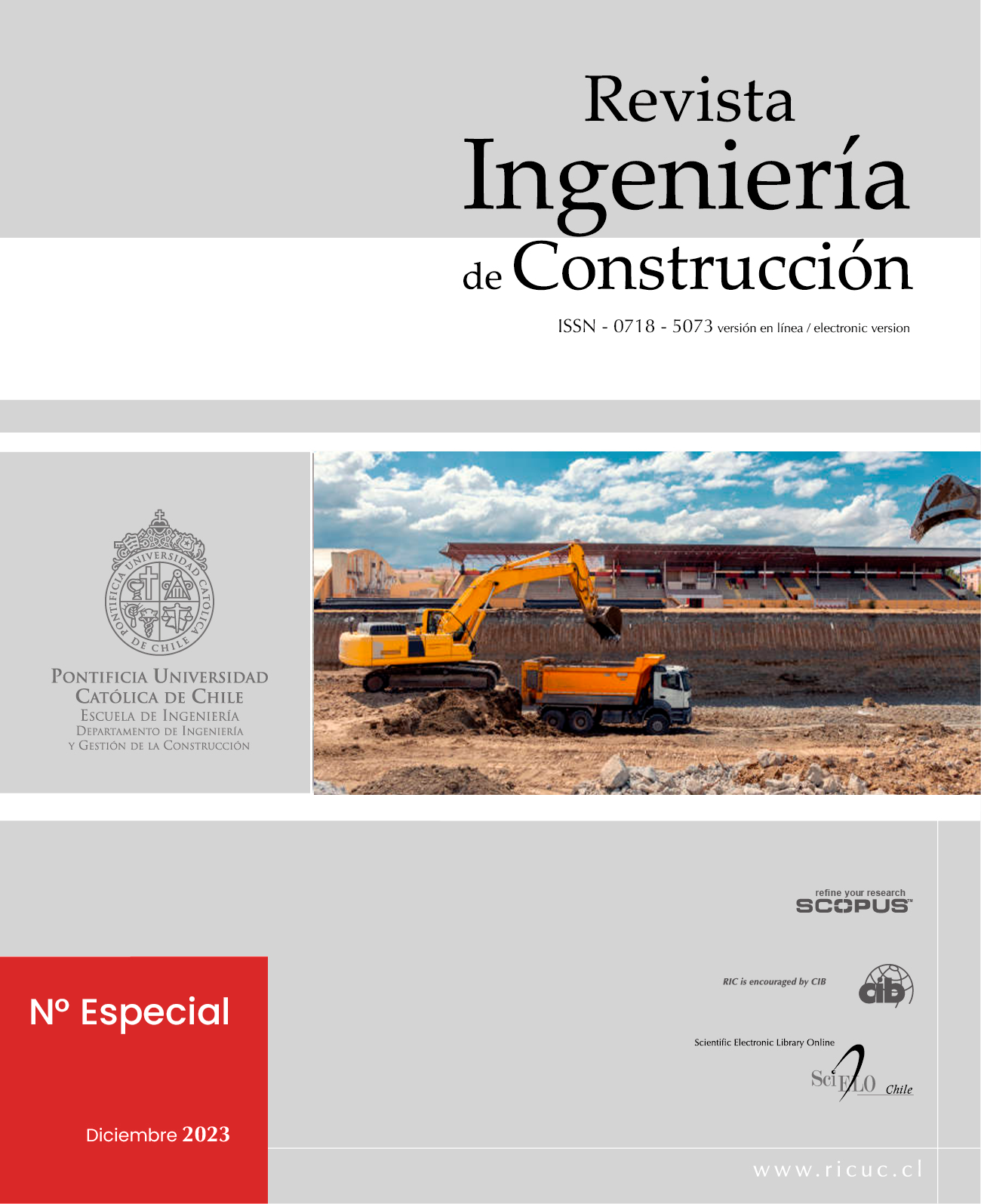Lean Project Delivery in the United States Public Sector – History and Current State
DOI:
https://doi.org/10.7764/RIC.00087.21Keywords:
Lean in the Public Sector, Lean Project Delivery, Design-Build, Target Value Design, Last Planner® SystemAbstract
Since the late 2000s, public agencies in the United States have been developing alternatives to traditional capital project delivery models in pursuit of better project outcomes. Most public agencies have legal authority to deliver projects through a design-build contract and have been using this contracting method to foster greater collaboration and to integrate the target value design process into a Lean project delivery model. The approaches and practices of four public agencies - San Diego Community College District, University of California San Francisco, the University of Washington, and the California State University System - that have been utilizing this approach are highlighted in this paper. Specific requirements identified to foster the desired collaborative environment, integration of Lean principles and practices, value creation, budget and cost performance, and schedule performance are shared. Metrics from selected projects give evidence that this approach is delivering greater value for these institutions, the design and construction community, taxpayers, and most importantly the internal customers that are using the constructed assets. Knowledge transfer of the resources developed to procure these types of projects and to create and sustain the environment necessary for project success has greatly benefited these institutions and serves as a potential portal for other public agencies to follow.


